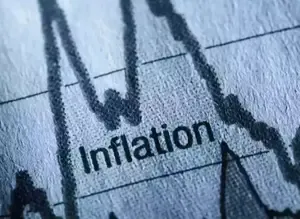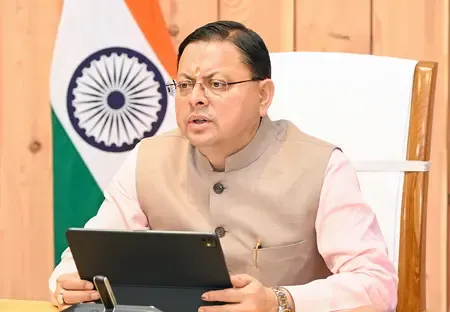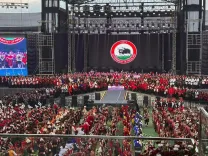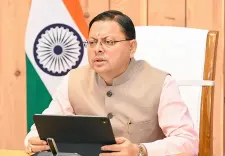Decrease in Inflation Sets Stage for Enhanced GDP Growth

Synopsis
Key Takeaways
- Retail Inflation below 4% opens doors for GDP growth.
- Monetary easing and tax cuts are crucial for boosting the economy.
- GDP growth projected to exceed 6.5% by 2025-26.
- Economist forecasts CPI to reach 4.6% in FY25.
- Continued focus on balancing inflation control with economic growth.
New Delhi, March 13 (NationPress) The drop in retail inflation to a level below the RBI’s target of 4 percent is anticipated to create opportunities for increased GDP growth, as it gives the central bank additional flexibility to lower interest rates and boost liquidity, which can stimulate economic activities and generate more jobs.
A report from Moody’s predicts that monetary easing, alongside the government’s capital spending and tax reductions for the middle-class, will be crucial for propelling India’s growth rate. It forecasts that the nation’s GDP growth could surpass 6.5 percent by 2025-26.
The report indicates that after a brief slowdown in mid-2024, India’s economic growth is likely to speed up, achieving one of the fastest growth rates among major global economies.
Economist Dipanwita Mazumdar from Bank of Baroda stated: “With the current inflation metrics aligning, we anticipate the CPI to fall below the RBI’s target in Q4, thus providing more policy flexibility for the RBI regarding easing measures to bolster growth. We project CPI to be 4.6 percent in FY25, with Q4 now at 3.8 percent.”
This estimate is lower than the RBI's projection of 4.4 percent for the fourth quarter.
Additionally, a report from Crisil suggests that India’s GDP growth is expected to remain stable at 6.5 percent in fiscal 2026. Factors such as budgetary support, interest rate cuts from the RBI, lower crude oil prices, and a normal monsoon season are likely to aid growth.
“In the upcoming months, we expect food inflation to remain subdued, bolstered by strong crop yields, favorable global prices, and a high base from fiscal 2025. Non-food inflation may experience a slight increase due to a low base and the implications of a weaker rupee. In fiscal 2026, we anticipate headline inflation to average 4.4 percent (compared to an estimated 4.7 percent in fiscal 2025), driven primarily by softer food inflation,” the report further elaborates.
Last month, RBI Governor Sanjay Malhotra announced a 25 basis point cut in the policy rate from 6.5 percent to 6.25 percent during the monetary policy review to stimulate growth amidst global uncertainties.
He remarked that inflation has decreased and is projected to continue moderating, gradually converging with the RBI’s 4 percent target.
The monetary policy decision aims to strike a delicate balance between managing inflation and enhancing the growth rate in a slowing economy.
The MPC unanimously chose to maintain a neutral stance in its monetary policy, focusing on inflation while also promoting growth. This approach would allow for flexibility in responding to the macroeconomic environment, according to Malhotra.
With inflation consistently trending downward in recent months, reaching a 7-month low of 3.6 percent in February, there is expected to be reduced pressure on the RBI regarding prices, allowing for further easing of monetary policy to drive growth.










